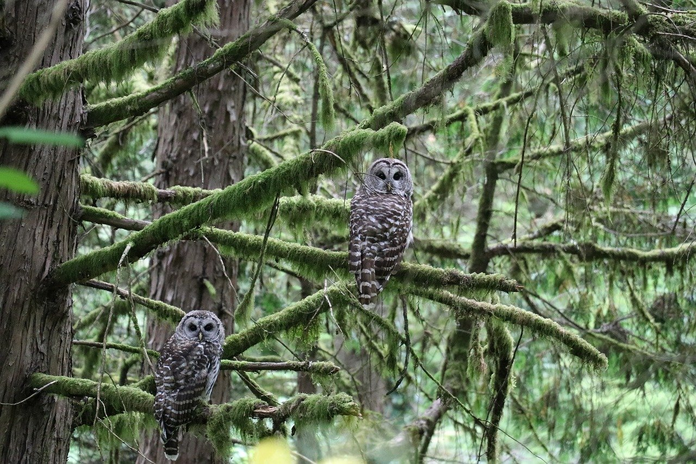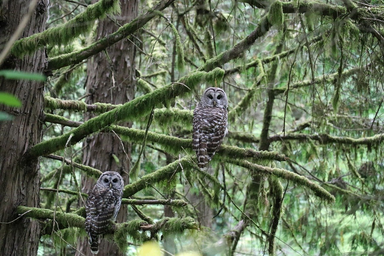In high school biology, it’s pretty standard to have a day or two covering the few times where there have been mass extinctions on the Earth. Of course, this isn’t referring to when your crazy, old neighbor shot twenty deer last hunting season. But instead, those significant events were when something completely wiped out a ton of animals. Think “meteor kills the dinosaurs” type energy.
There have been five recorded mass extinctions throughout history, the most recent being a meager 65 million years ago. And these extinctions occurred, well, naturally. It’s rare to see anyone ever super concerned about the deaths of plants and animals they never saw. Besides your atypical prehistoric fanatic and your average dinosaur-obsessed child, no one is missing species that lived 70 million years in the past.
However, the fifth extinction was not the last one to ever hit the planet, and many scientists believe that another is much closer than you might think. So close that we are suspected to be currently living through the sixth mass extinction right now. But how? You might ask, considering that the planet is yet to experience anything, even a fraction of how destructive some previous extinctions have been. Humans have yet to see a natural disaster at any capacity that would be capable of destroying thousands of species in a fraction of a second. So if not that, why do people think we’re in a mass extinction right now?
Well, it turns out you don’t need a vast natural disaster to destroy the planet when people are just as capable. According to Katie Collins, the Curator of Benthic mollusks at the U.K. Natural History Museum, “The Current Rate of Extinction is Between 100 and 10,000 times higher than the pre-human background rate of extinction, which is jaw-dropping” (NHM.UK). Before this, there had never been a single species held responsible for such destruction of the planet.
But what exactly are we doing to cause this effect on the planet? The detrimental effects can be attributed almost entirely to misuse of natural resources, which have caused several issues for the Earth, most familiarly, human-induced climate change. The drastic changes in climates in environments, rapid urbanization, and mass deforestation are all leading factors pushing animals towards endangerment. As people manage land poorly, species continue to suffer, and many critically endangered species face extinction. This sad fact is due to their confinement to small areas where there runs a high risk of natural disaster or mass disease, wiping the entire population out in one fatal sweep.
Unfortunately, while this extinction will likely occur over hundreds or even thousands of years, many species have gone extinct already. Since the 16th century, humans have been held responsible for driving at least 680 species to extinction, only including vertebrates (animals with backbones); no plants or invertebrates accounted for here. And the likelihood is, you’ve heard of quite a few of the species that are now gone. The Dodo Bird, Passenger Pigeon, and Wooly Mammoth are all completely wiped off the face of the Earth as a result of human action. Though it’s easy for people not to feel any attachment to species that they never lived at the same time as. However, this is already quickly changing as the public’s familiar species are in danger of extinction.
Polar bear populations are dropping drastically due to the melting of ice caps. Loggerhead Sea Turtles populations have declined several million. The Cross River Gorilla is suspected only to have 200-300 individuals left in the wild. The Vaquita, a small porpoise, has only ten left, meaning that the population has declined 98.6% since 2011 (EARTH.ORG). There are currently only two Northern White Rhinoceros still living in the world. On September 29, 2021, the U.S. Fish and Wildlife Service proposed to remove 22 animals and one plant species from the endangered species list (FWS.GOV). However, they weren’t moving from the list due to some miracle recovery. These species were removed to be moved to join the list of 650 U.S. species classified as extinct, and at the rate that these natural resources are depleting, there are likely many more species following closely behind.
It’s no secret that we, as humans, are very rapidly running out of time to change our planet’s direction. Every day is one step closer to an irreversible effect on the Earth, and every day is a reminder of exactly how little lawmakers and corporations are doing to help. Although there has been a heavy emphasis on individual action to help reduce climate change like saving gas, recycling, and reducing waste, minor changes likely won’t make much difference, regardless of how many people pitch in. The issues that we are facing are primarily a result of significant business fossil fuel emissions and the public consumerism that drives them.
If you’re anything like me, you want to preserve nature and wildlife for generations to come. You want your children to hear birds singing overhead when they’re playing outside, and you want to watch them grin at the squirrels frolicking around. No matter how abundant these populations may seem, even the ones that are so frequently observed that you no longer even register their presence, they are in danger of eradication if the same cycle continues for many more years. The world was inhabited by plants and animals far before humans roamed the Earth, yet the future of their survival depends entirely on us. We are quite possibly looking at what might be the most significant international effort in the history of humanity, and for it to be effective, we as people need to place pressure on those in power, policymakers, and businesses to reduce the impacts that humans have caused.


